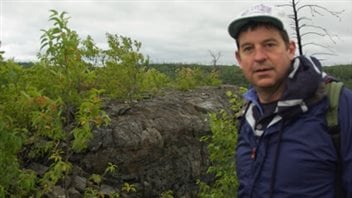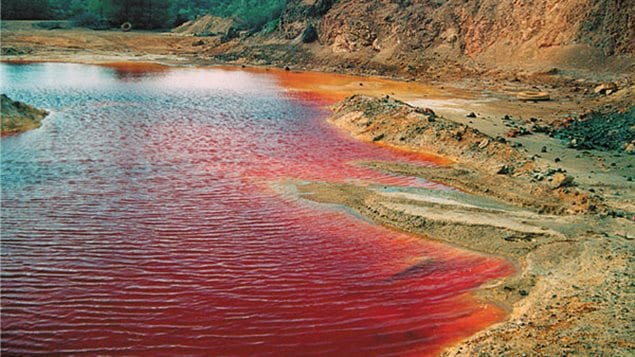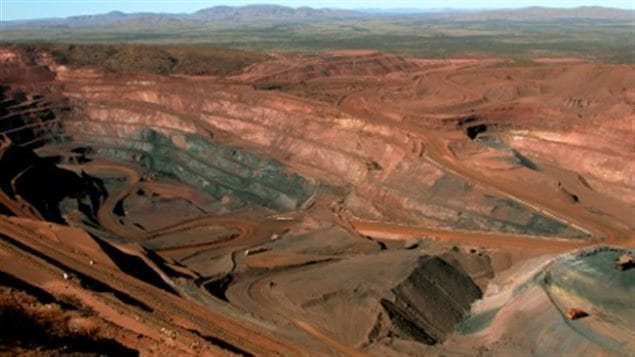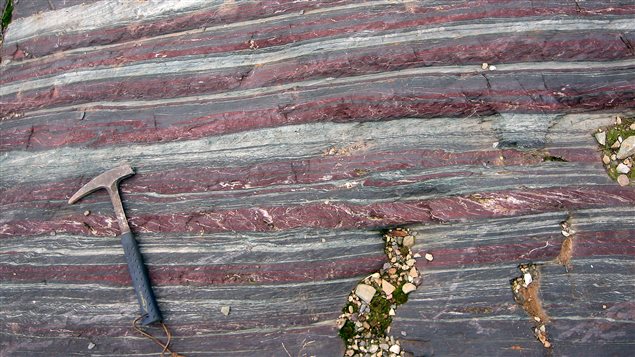Scientists have known that the Earth’s atmosphere experienced a rapid increase in oxygen between two and three billion years ago.
New research involving first time analysis of copper isotopes, has enabled the timing of that event to be narrowed to between 2.4 and 2.3 billion years ago.
Supervising author of the study Kurt Konhauser (PhD) is a professor of geomicrobiology in the Department of Earth and Atmospheric Sciences at the University of Alberta.
Listen
The research entitled “Cu isotopes in marine black shales record the Great Oxidation Event” was published in the prestigious science journal Proceedings of the National Academy of Sciences, April 19 edition.
It seems metals played an important role in the Earth’s development. Professor Konhauser says one of the theories is that as the Earth cooled, nickel erupting volcanoes in the seas were reduced. This reduced the methane emitting organisms that fed on the nickel, leaving more oxygen producing bacteria to take their place.
These changes in atmosphere also resulted in changes to the metals that precipitated out of seawater.
By studying these deposits professor Konhauser and the team were able to determine a significant difference in composition and presence of copper in the rock structure, and by studying copper isotopes, they were able narrow and also help confirm the permanent oxidation date of the Earth’s atmosphere.

Professor Konhauser says “This is the first time that copper isotopes have been used to track the chemical composition of Earth’s ancient origins when aerobic life was beginning to diversify. This drives home the fact that something significant happened 2.3 billion years ago—the permanent oxygenation of our planet.”

Professor Konhauser says that by studying the composition of rock formations scientists can gather information about the composition of ancient seawater. By knowing the chemical and mineral composition of ancient seawater, more can be surmised about the kind of biology that would have existed at the time..
The international team for the project involved scientists from Sweden, England, France and Canada. Data from the University of Alberta was coupled with analytical techniques at Stockholm University.







For reasons beyond our control, and for an undetermined period of time, our comment section is now closed. However, our social networks remain open to your contributions.